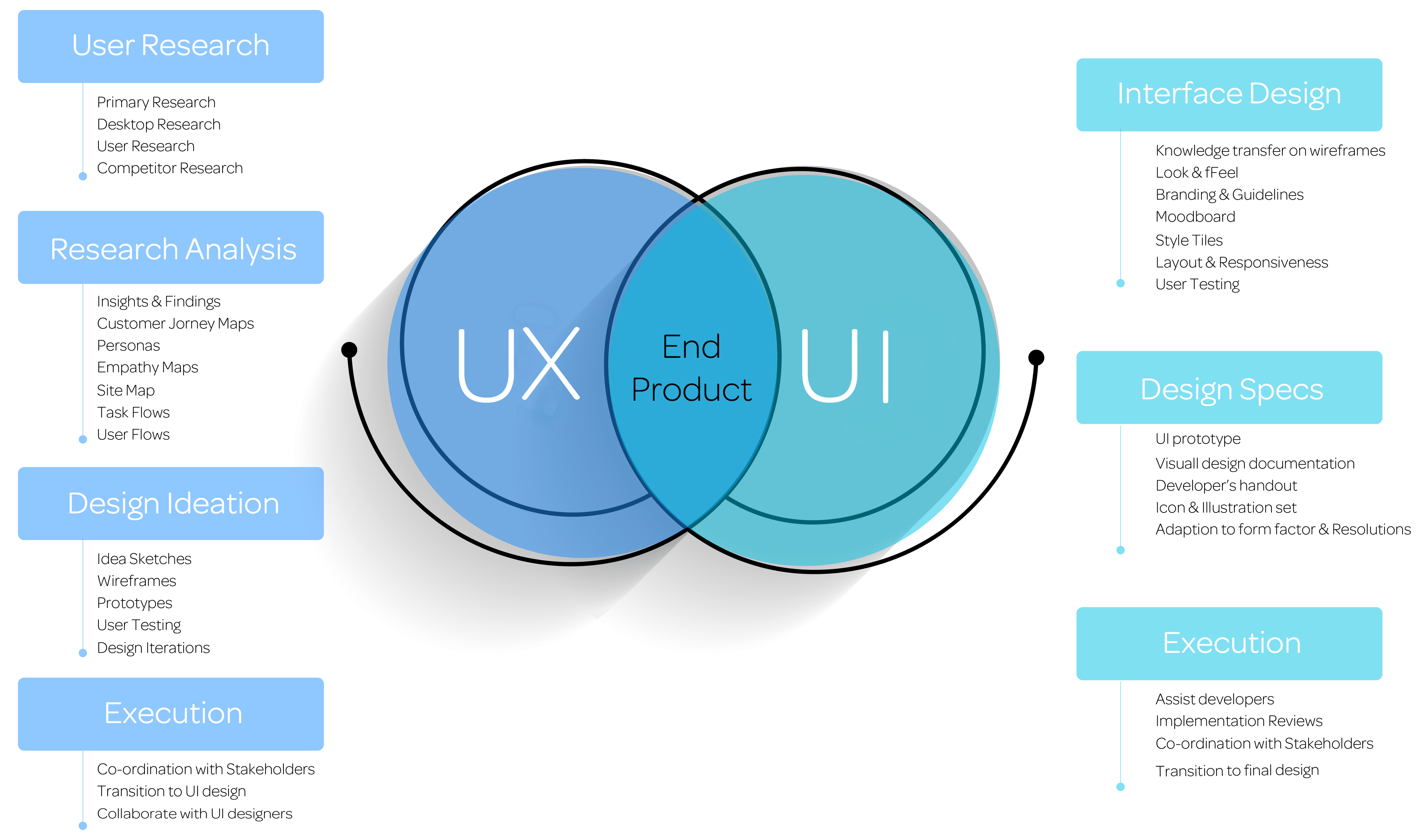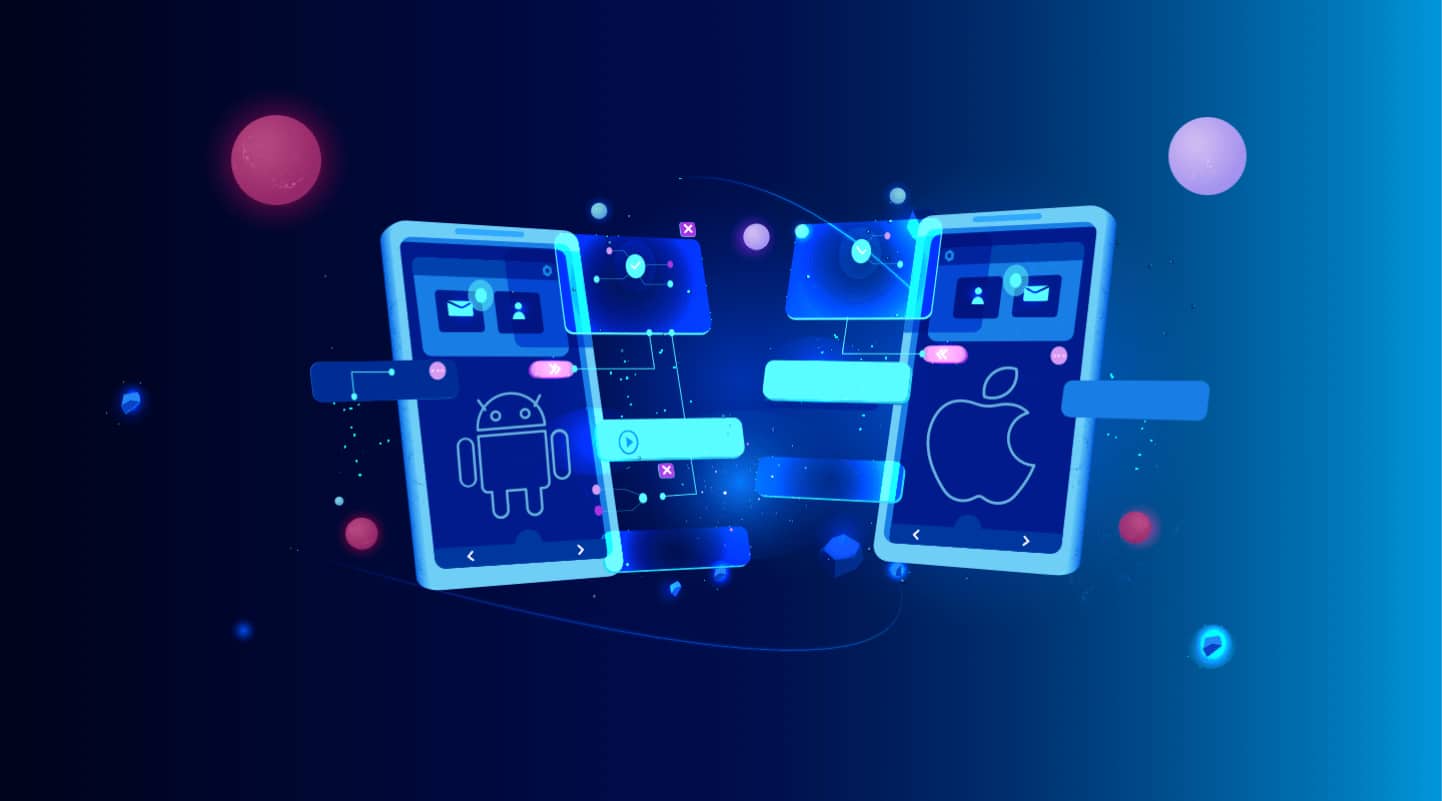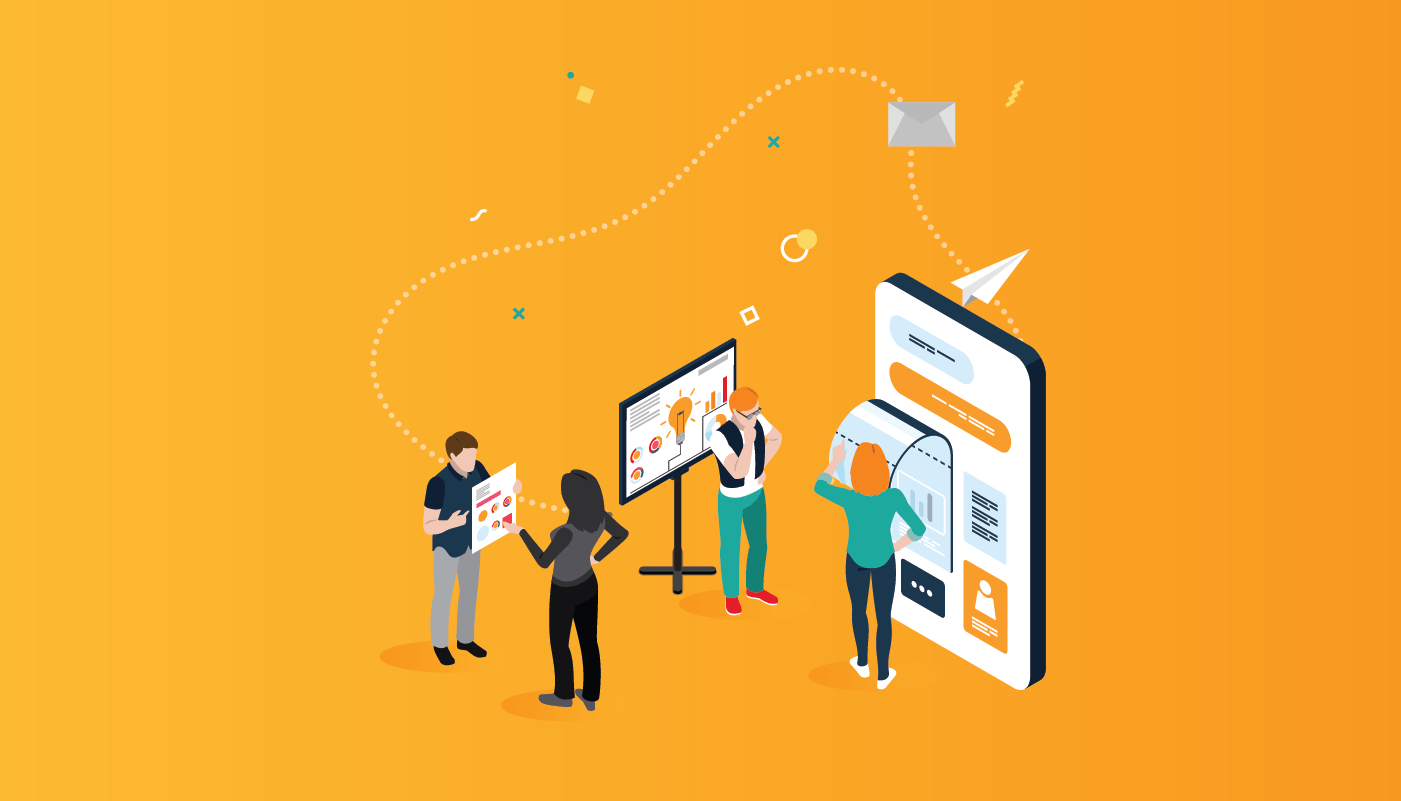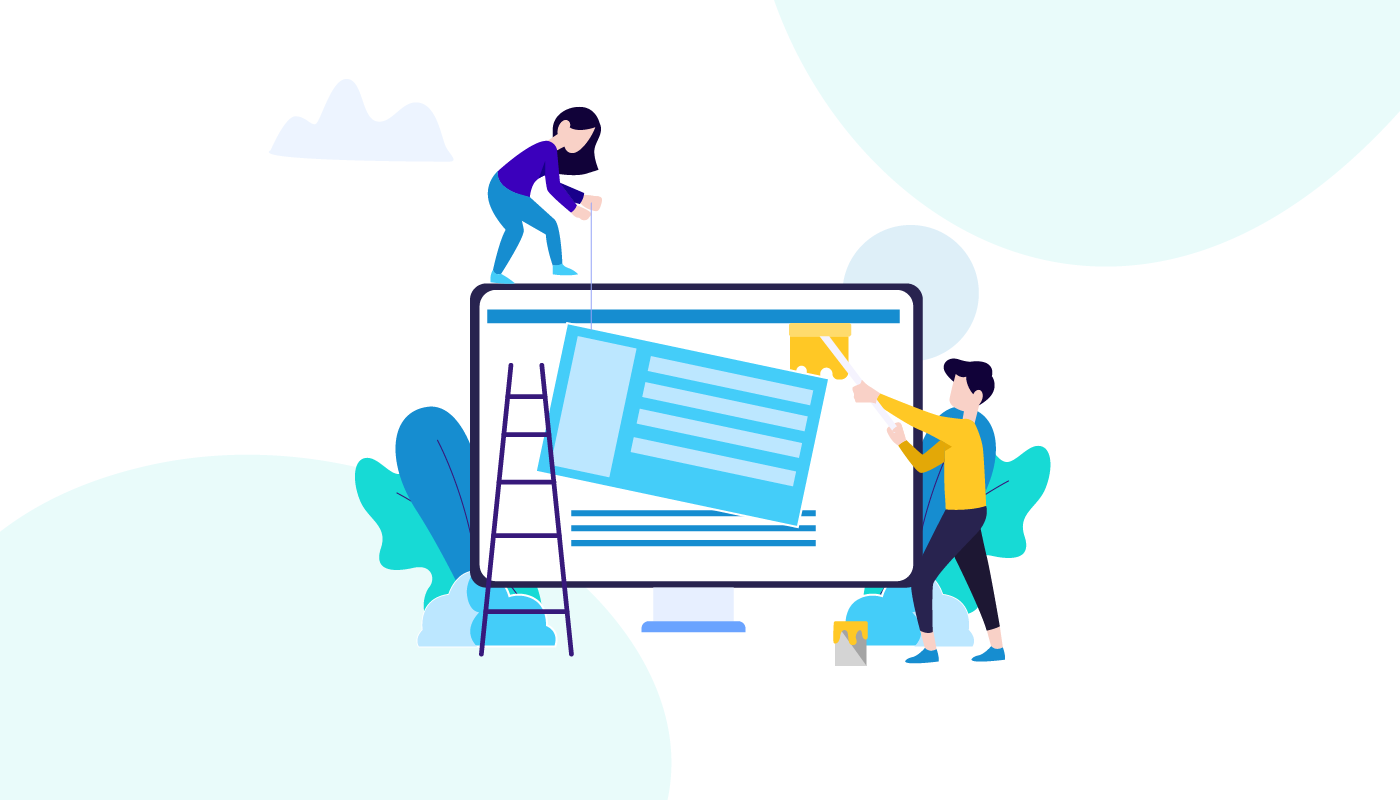Technology evolves at an exponential rate – so fast that you may find it hard to keep up! New products are entering the market in the hope to get their cut of the take and become “the next Microsoft” that will win the hearts and minds of users around the world. In such a saturated market, it is often challenging for startups to stand out and compete with corporate giants.
In response to such rapid growth, new jobs appear to meet the growing demand for high-quality IT products. Product designers were named among the newly created professions that are expected to have a significant impact on the development of the industry. With the estimated job growth rate of 3%, this profession will complement development teams in all the leading corporations and SME businesses.
If you’ve heard about this notion for the first time, or you are still on the fence on whether to hire a product designer or not, in this article, we are going to explain how these specialists work and why you need them. Who is a product designer? What skills does this profession require? Why has design become an integral part of the app development process? Read on to get all your questions answered.
Who is a Product Designer?
Product designers are responsible for the entire product development process. They spot an opportunity in the market, communicate the problem of real users to tech specialists and come up with a proper solution to the given issue. In other words, a product designer finds the right balance between business goals and users’ needs, which is often seen as the key to success.
The Underlying Philosophy Behind Product Design
Design thinking is what lies in the core of the modern app development process. The term was coined by Tim Brown and David Kelley, who offered to take a more comprehensive view of product creation. Their approach shifts focus from the conventional design phase to the end-to-end product design that allows taking a “helicopter view” on all dev issues. This philosophy enables teams to create high-quality apps and software that find their applications in multiple fields.
As a rule, design thinking involves 5 main stages, which can be formulated as follows:
- Emphasize — spotting the problem
- Define – clarifying it and conducting market research
- Ideate – developing an idea for a product that is expected to solve the problem
- Prototype – developing a prototype
- Test – testing a prototype among the target audience
Core Responsibilities of a Product Designer
The responsibilities of product designers might vary depending on the design vision inside the development team. They are often asked to operate at a high-level, creating information infrastructure and developing the whole system. At the same time, product designers should also follow the key product design principles and pay more attention to CSS templates or mockups. Consequently, the skills of a product designer might differ depending on the task they are asked to complete and their role in the project.
The Role of a Product Designer in the App Development Process
The approach to the product designer’s role has changed with the transformation of the entire app development process. While previously, an app was delivered to product designers after the main features and specifications were set; nowadays, there is a tendency for tight cooperation between product and design teams. Designers are involved at an early stage to impact strategic decisions on what an app does and how it performs its primary functions, by shaping perfect user experiences.
Product designers may also influence the way usability testing and prototyping are carried out. Their main task is to keep the team’s eye on user experience and ensure an app solves the given problem. They gather feedback, define what needs to be improved and set tasks for tech specialists. Product designers are frequently asked to do some coding to create digital assets (primarily CSS and HTML).
In case a project concerns with physical assets, product designers take an essential role in deciding how the mockups and templates will look. They are accountable for selecting the colors and textures that will best communicate the company’s vision to the target audience. In this case, teams continuously iterate new versions of the product until it achieves perfection. In this regard, who is a product designer? In simple terms, we could compare this role to an orchestra director who is responsible for balanced and productive teamwork.
Differences between Product Design, UI and UX
There are different types of designers that take part in app creation: User Experience (UX) designers, User Interface (UI) designers, interaction designers, graphic designers, etc. Product designers have a crucial role in the app development process as they define how the app will look, what features will be integrated and so on.
UI Designer
The UI specialist is responsible for making an app responsive with the help of an intuitive and unique design. Making an application user-friendly is not an easy task. Appearance and functionality should seamlessly coexist in a functional interface. The user interface is the crucial component that defines whether people will be eager to interact with an app.
UX Designer
The UX professional should create an engaging experience for the user. You can achieve long-term interaction only when a product has an intuitive design, which means making it easy to use the app for the target audience. For this purpose, a UX designer should anticipate all the possible scenarios of a user journey and identify any difficulties they might meet on their way.
UX vs UI
The approach to UI involves creating prototypes, architecture, conducting user research, predicting various scenarios, etc. However, this is only one side of the coin. UX relates to the visual representation of the product. By making sure that all the elements (colors, typography, etc.) align with the user’s needs, business goals, and customer’s requirements, you can improve the user experience.
What does a product designer do to ensure an app will be paid off eventually? Polishing all the details, conducting regular tests, and making sure the app is continuously improved are essential steps to creating a top-notch product.

The Future of Product Design
It is expected that the product designer role will evolve according to catch on to the new trends in the tech industry. Technologies that are now on the rise, such as AI (artificial intelligence) or machine learning, will effectively transform the way we approach product design.
Therefore, how much a product designer makes will also vary in response to labor market trends. Currently, the job growth rate is estimated at 3% throughout 2022 for product designers. New roles will appear to meet the growing demand for high-quality products.
As technologies evolve, there is also a growing expectation towards further customization. To make this change happen, product designers should make a valuable contribution at the concept development stage. For instance, color palettes and fonts will be selected based on the age, gender, and individual preferences of the user. High-level customization will make product design a powerful tool of influence in the hands of a professional.




